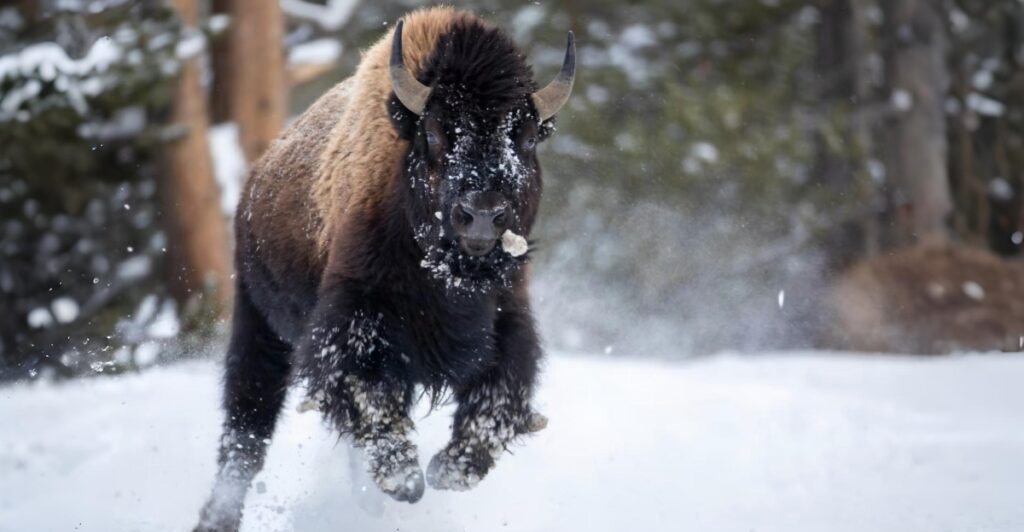
The American bison’s resurgence is a story of survival against the odds. Once numbering between 30 and 60 million, their population plummeted to fewer than 1,000 by the 1890s due to mass slaughter by European settlers.
But thanks to Native-led stewardship and federal conservation, over 500,000 now roam the continent. Their revival isn’t just a win for wildlife—it’s a symbol of national unity. In 2016, the bison was officially named the U.S. national mammal.
Yet this success story also unearths a dark past: bison were nearly eradicated as part of efforts to displace Indigenous peoples. Today, the species represents both historical reckoning and ecological hope—proof that even the most endangered legacies can be restored with dedication and justice.
How Bison Shape the Land and Spark Biodiversity
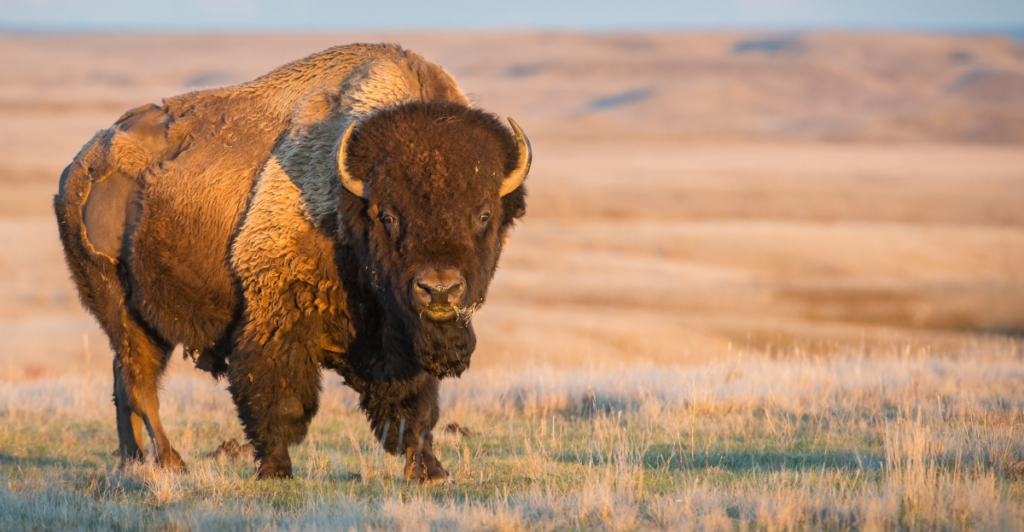
Bison aren’t passive residents of the prairie—they’re essential to its health. Their unique grazing encourages grasses to regenerate, and their dust wallows create vital microhabitats for smaller creatures. Research reveals that grasslands with bison host 30% more plant diversity than those without. ‘
In winter, their hooves break through snow to reveal forage for other animals, while their droppings fertilize the land. Though Yellowstone’s wolves often grab the spotlight, bison are the prairie’s true builders.
Their disappearance in the 19th century sparked ecological collapse, showing just how central they are to this delicate balance. These creatures don’t just benefit the ecosystem—they help sustain it, one hoofprint at a time.
Built Like a Tank—And Fast as a Racehorse
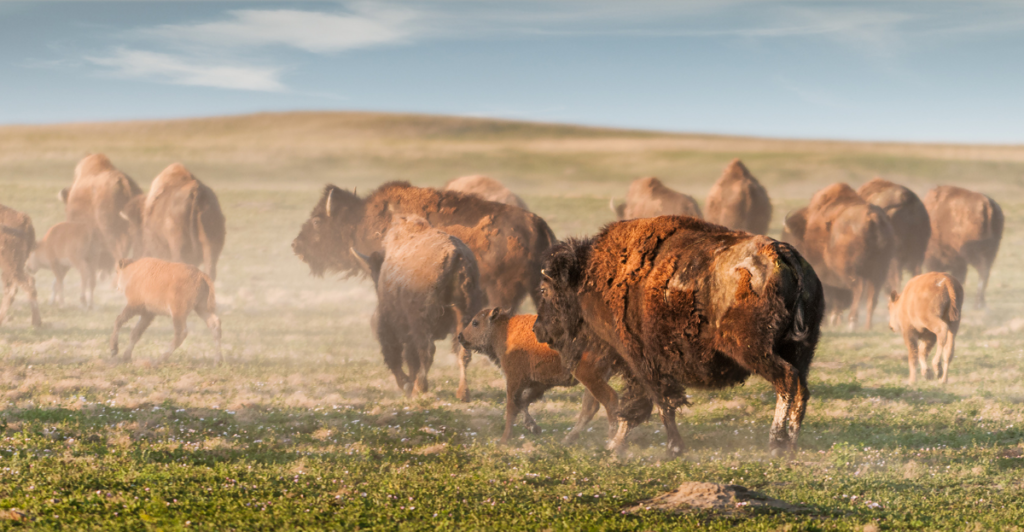
Despite weighing up to 1,000 kilograms (2,200 pounds), bison are anything but slow. Capable of sprinting at speeds of 56–64 km/h (35–40 mph) and clearing 6-foot fences, they defy expectations. Their muscular shoulder hump acts like a natural shock absorber, allowing them to run with surprising agility.
During rutting season, bulls crash into each other with terrifying force—impacts likened to a car accident. This raw combination of speed and strength made bison a serious challenge for 19th-century hunters.
Without trains, mass hunting, and industrial processing, their near-extinction would have been nearly impossible. The bison’s physicality is more than impressive—it’s a testament to how nature equips its icons for survival.
A Controversial Threat: The Brucellosis Debate
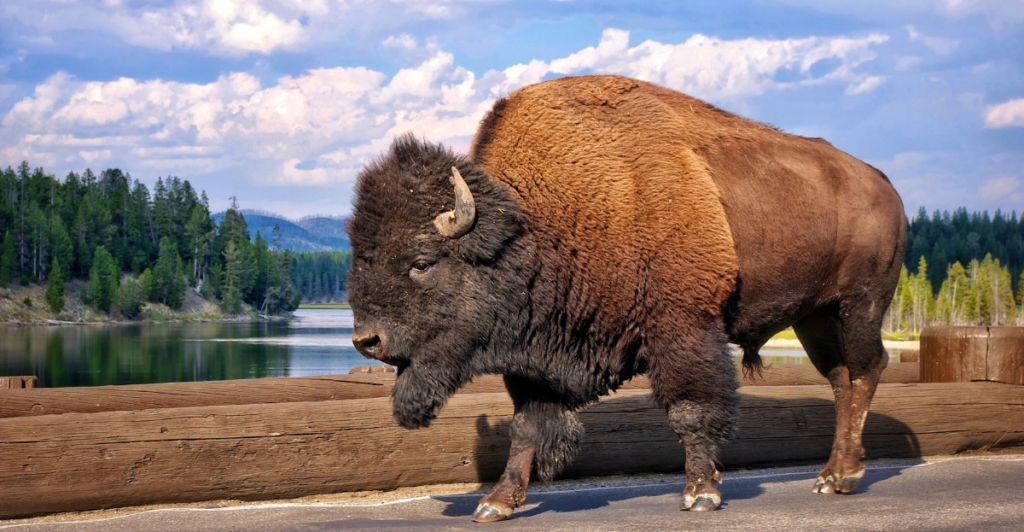
Since 2000, more than 11,000 Yellowstone bison have been killed over fears they could spread brucellosis to cattle. Yet, despite these aggressive culls, there are no confirmed cases of bison infecting cows. Elk, not bison, are the known carriers—yet Montana’s policy remains fixated on the bison.
Critics say this reveals political bias rather than science-based management. Quarantine programs further diminish wild herds by placing survivors in fenced enclosures, stripping them of their natural behaviors.
Ironically, many of these targeted animals are genetically pure descendants of ancient bison, making their loss even more troubling. In this clash between politics and preservation, science often takes a back seat.
The Dark Past: How Bison Were Weaponized
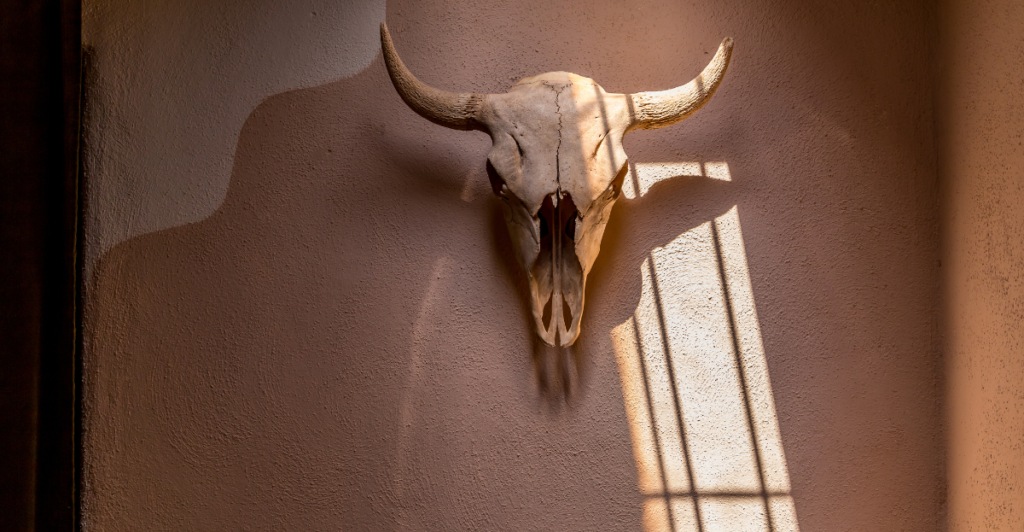
The haunting image of a towering mountain of bison skulls captures more than overhunting—it reveals an intentional strategy of destruction. In the 1870s, the U.S. Army deliberately wiped out bison herds to undermine Indigenous food systems.
As General Sherman put it, bison were “the Indians’ commissary.” By 1883, the southern herds were gone, severing crucial spiritual and subsistence ties. The impact is still felt: tribes historically dependent on bison face higher poverty and health disparities today.
While modern conservation increasingly includes tribal partnerships, meaningful reparations are still lacking. Bison recovery isn’t just ecological—it’s tied to justice, memory, and healing generational wounds that remain painfully fresh.
Hidden DNA: The Fight to Preserve Pure Bison

Fewer than 1% of bison across North America are considered genetically pure. Most carry cattle DNA, a legacy of 19th-century crossbreeding experiments aimed at making hardier livestock. These hybrids may be less resilient to disease and more prone to domestic traits.
Yellowstone’s herds are among the few that remain genetically intact, but even they face opposition from livestock interests who resist their expansion. Scientists warn that losing this pure lineage could erase thousands of years of natural evolution.
Without deliberate “genetic rescue,” the species’ future adaptability is at risk. Saving the bison now means protecting its original blueprint before it disappears forever.
Ranching the Wild Back: Bison Economics in Action
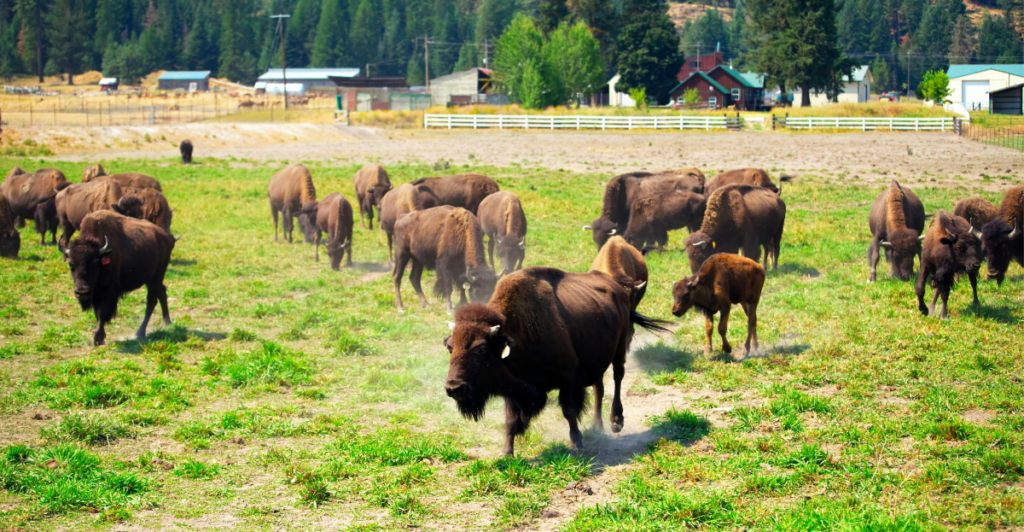
Once nearly extinct, bison have staged a comeback thanks in part to private ranchers. Since 1970, the U.S. bison industry has grown 1,800%, driven by rising demand for lean, sustainable meat. Ranches like those operated by South Dakota’s Cheyenne River Sioux unite economic independence with cultural restoration, turning tradition into livelihood.
While this model supports population growth, it’s not without critics. Some argue it risks reducing bison to mere commodities, losing sight of their wild essence. The challenge lies in preserving their ecological role while navigating modern markets.
Ranching has helped bring bison back—but keeping them wild requires a careful, intentional balance.
Prairie Climate Heroes: Bison and Carbon Capture
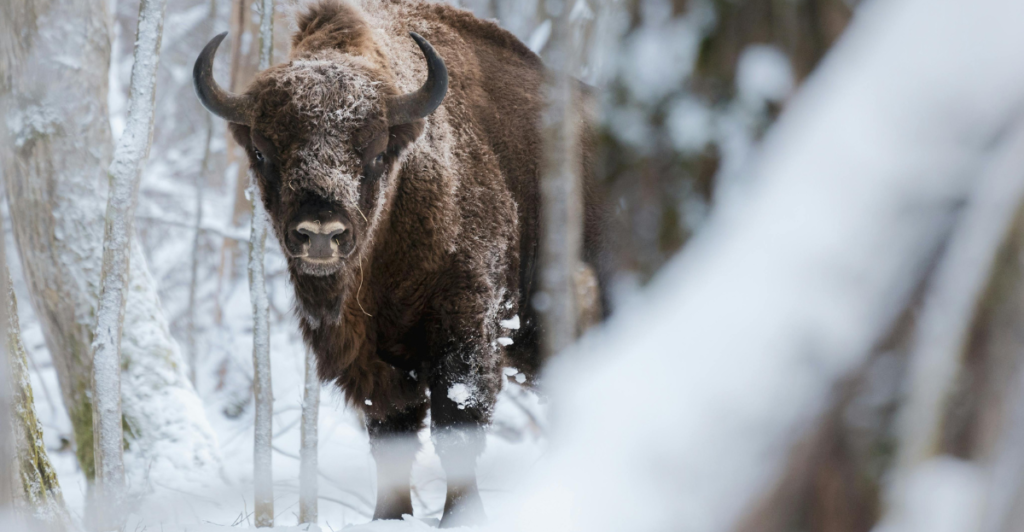
Bison play a surprising role in fighting climate change. Unlike cattle, their grazing boosts carbon storage in soil by maintaining healthy grasslands and stopping tree encroachment. Studies show they enhance carbon sequestration by up to 30%.
Reintroducing bison to 2.2 million acres could lock away 8.6 million tons of carbon dioxide annually—roughly equal to taking 1.8 million cars off the road. Initiatives like the Indigenous-led Buffalo Treaty now frame bison restoration as part of climate strategy.
In an age of rapid warming, these animals offer more than symbolism—they provide a path forward, showing how restoring ecosystems can also help restore our planet’s balance.
The Road Ahead: Protecting More Than a Symbol
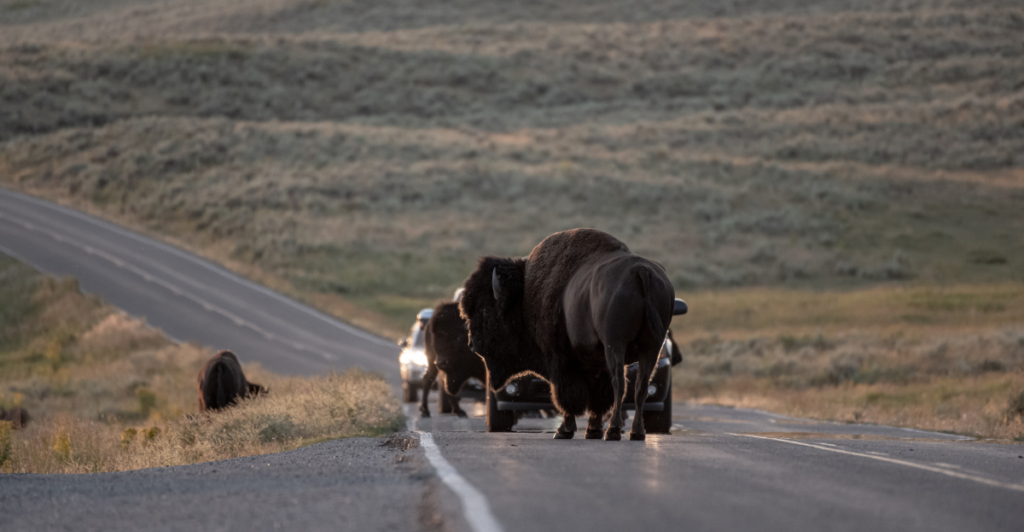
The bison’s story reflects both destruction and resilience, much like the nation that nearly wiped them out. Saving them requires more than fenced preserves—it calls for confronting the legacy of colonial land practices and respecting Indigenous stewardship.
As climate change accelerates, their value as ecosystem engineers only grows. Their presence sustains grasslands and countless species. The future depends on whether we see bison as relics or as leaders in our ecological recovery. This isn’t just a nostalgic tale—it’s a survival blueprint.
With the right choices, the bison may yet guide us toward a wilder, wiser, and more resilient world.
Explore more of our trending stories and hit Follow to keep them coming to your feed!

Don’t miss out on more stories like this! Hit the Follow button at the top of this article to stay updated with the latest news. Share your thoughts in the comments—we’d love to hear from you!







